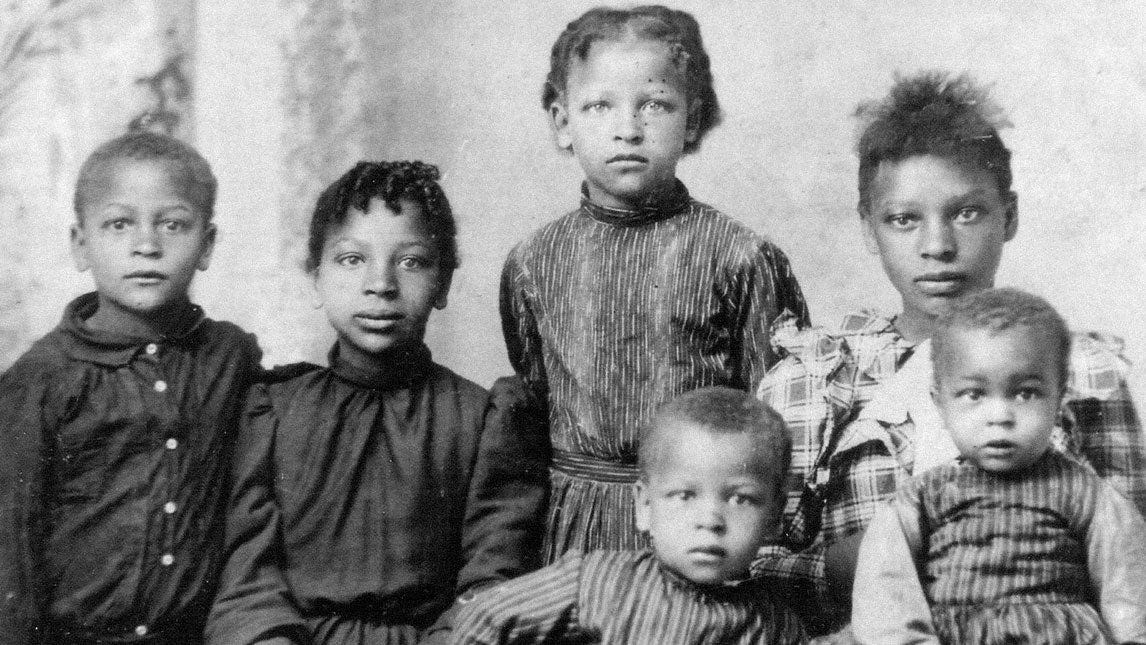👀The Richest County in Georgia, ran off all of its Black Residents !
There is an old sang that wherever you see White Wealth, you will find Black Blood
Forsyth County, Georgia, now known for its affluence and high quality of life, has a dark and troubled history that dates back over a century. In 1912, an event occurred that would permanently alter the demographic and social landscape of the county. That year, three Black men were accused of the brutal assault on a white woman, Mae Crow. This incident ignited a series of violent actions against the Black residents of the county, culminating in a racial cleansing that forced over a thousand Black people to flee their homes, never to return.
The initial incident involved Rob Edwards, Ernest Knox, and Oscar Daniel, who were accused of attacking Mae Crow. The accusation alone was enough to inflame the local white population, leading to a horrific lynching of Rob Edwards by a mob in downtown Cumming, the county seat. Following this, Knox and Daniel were tried by an all-white jury, quickly found guilty, and executed. However, the violence did not stop with these judicial and extrajudicial killings. The white residents of Forsyth County used the incident as a catalyst to eliminate the entire Black population from the area.
In the days and weeks that followed, white vigilantes terrorized the Black community in Forsyth County. Homes were raided, churches were burned, and families were threatened into leaving. The violence was not random but a coordinated effort to purge the county of its Black inhabitants. This campaign of terror was effective; by the end of 1912, virtually no Black residents remained in Forsyth County. Those who fled left behind their homes, their land, and their belongings, often selling their property at a significant loss or abandoning it altogether. Millions if not billions of future wealth gone in a few days, never to be recovered again.
One of the only remaining photos of the former Black residents of Forsyth County
This mass exodus was not an isolated incident but part of a broader pattern of racial violence and intimidation in the American South during this period. However, the total expulsion of Black residents from Forsyth County is a particularly egregious example of the lengths to which white Southerners went to maintain racial purity in their communities. For decades, Forsyth County remained virtually all-white, and the memory of the 1912 events was suppressed or justified under the guise of protecting white womanhood and community safety.
The consequences of the 1912 racial cleansing have had long-lasting effects on Forsyth County. The demographic shifts that occurred reinforced racial segregation and contributed to the socioeconomic disparities seen today. Although the county is now one of the wealthiest in Georgia, this wealth is built upon a foundation of racial exclusion and historical injustices that have yet to be fully acknowledged or addressed by the wider community.
In recent years, there have been efforts to reconcile with the past, including acknowledgments of the county's history of racial violence. However, true reconciliation requires more than just acknowledgment; it necessitates a community-wide effort to understand the deep-seated prejudices and injustices that led to such a drastic action as the racial cleansing of 1912. Only by facing these uncomfortable truths and acknowledging the need for reparations can Forsyth County hope to move forward as a truly inclusive and diverse community.
30 Black Wallstreets’ the Mainstream Media Never told you about !





